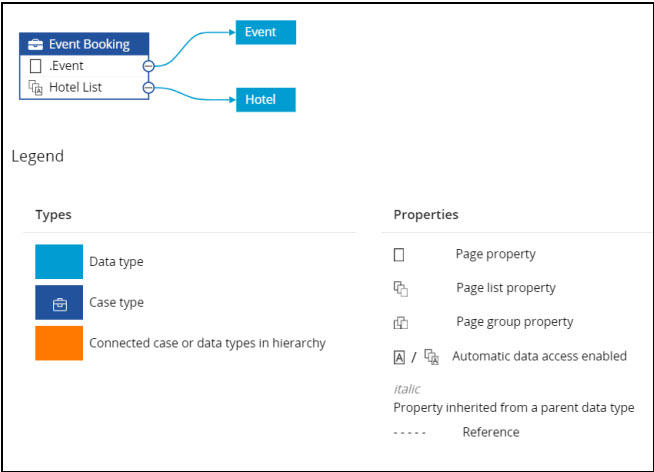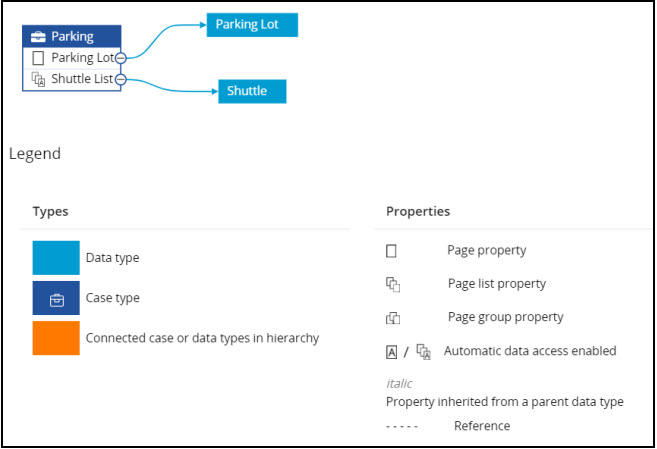
Implementing an effective data model
Archived
3 Tasks
15 mins
Scenario
The development team is preparing for the first sprint. Before starting, the team has been asked to review the current data model to help establish a more robust enterprise class structure (ECS) that encourages reuse and modularity.
The following table provides the credentials you need to complete the exercise.
| Role | Operator ID | Password |
|---|---|---|
| Administrator | Admin@Booking | rules |
Analyze, review, and r-factor the current data model as necessary. Make sure data class names are consistent with the FSG Organization layer and the Event Booking application to maximize reusability and minimize the need for future refactoring.
Detailed Tasks
1 Detailed steps
Evaluate the data model
- Review the data model and class hierarchy.
- Evaluate current property placement and their structure(s).
- Which data classes are in the Implementation Layer?
- Which data classes are in the Enterprise Layer?
- Which data classes should be moved?
Possible calculations required by the Event Booking application
Consider the following possible calculations required by the Event Booking application and what impact the data model has on calculation configurations:
- Base price
- Discounted parked car price
- Invoice due date
- Profit
- Qualified hotel reservation cost
- Qualified hotel reservation price
- Qualified parking and shuttle cost
- Qualified parking and shuttle price
- Total Event cost
- Total event price
2 Recommended Changes
Add data types to the Data Explorer
- From the drop-down list in the Data Explorer header, select Add data type.
- Add the following existing data types
- (Booking) FSG-Data-Event
- (Hotel) FSG-Data-Hotel (this data type may have already been added)
- (Hotel) FSG-Data-Hotel-RoomsRequest
- (Parking) FSG-Data-ParkingLot
- (Parking) FSG-Data-Shuttle (this data type may have already been added)
- (Weather) FSG-Data-Weather
- From the drop-down list in the Data Explorer header, select Show case types.
3 Verify your work
To verify your work, test your implementation and then review your data model.
Review your refactored data model
- Review the data types and property relationships
- Review the data classes
- Discuss the your design and your approach
Examine the data types and their property relationships
Use the Data Visualizer tool to give you a visual depiction of the relationships between the selected data type and its properties as follows:
- In the Data Explorer, select a case type. This opens the data type record.
- in the record header, select Visualize. For the Event Booking case type, you should see the following relationship.
For the Parking case type, you should see the following relationship.
Review the data classes
Review the data classes and their purpose as described in the following table.
| Data class | Purpose |
|---|---|
| FSG-Data-Event | Provides Event Booking Details |
| FSG-Data-Hotel | Used to drive the number of Hotel Rooms Request subcases that are generated. |
| FSG-Data-Hotel-RoomsRequest | Provides Hotel Rooms Request Details |
| FSG-Data-ParkingLot | Provides Parking Lot Details |
| FSG-Data-Shuttle | Provides Shuttle Company Details |
| FSG-Data-Weather | Provides Weather Details |
| FSG-Data-Weather-Preparation | Provides Weather Preparation Details |
Note:
- Explain why this data model design is improved.
- Describe the design approach.

